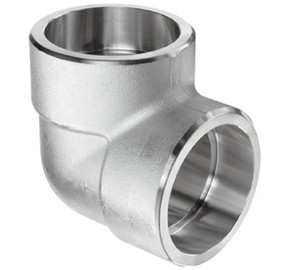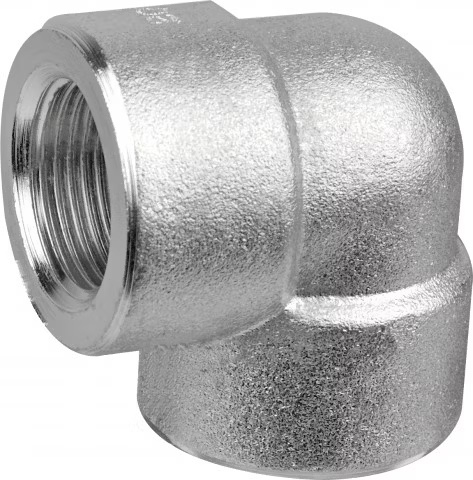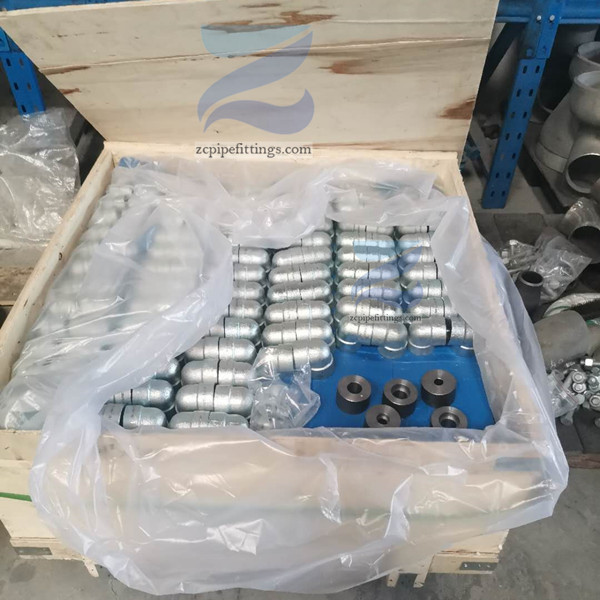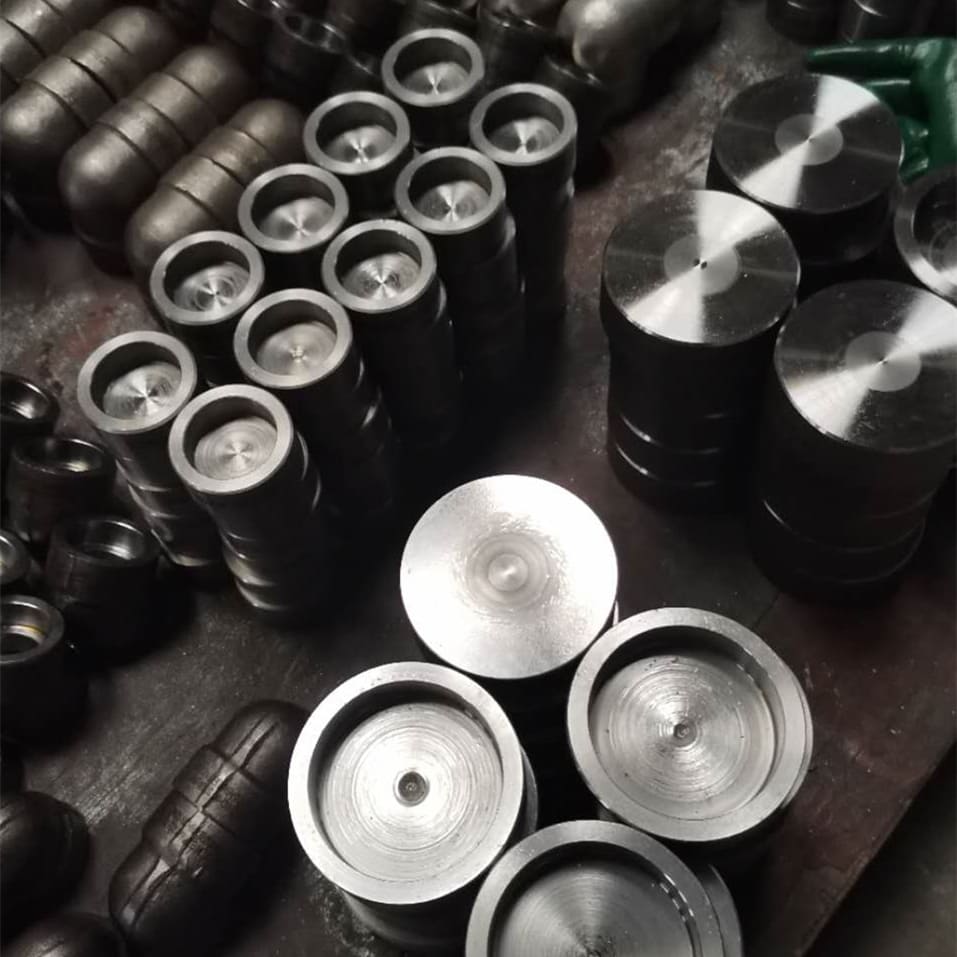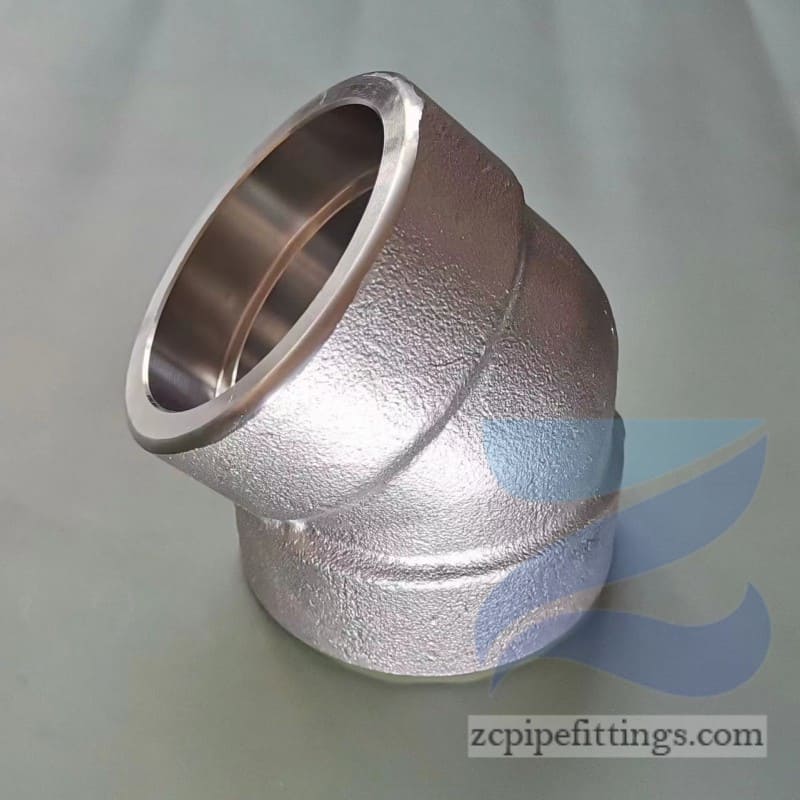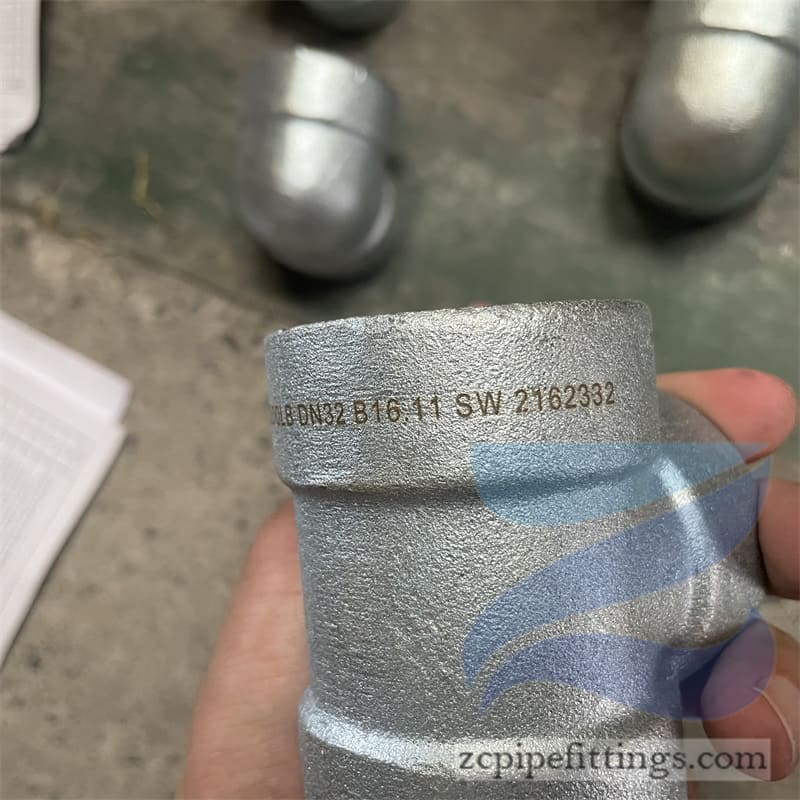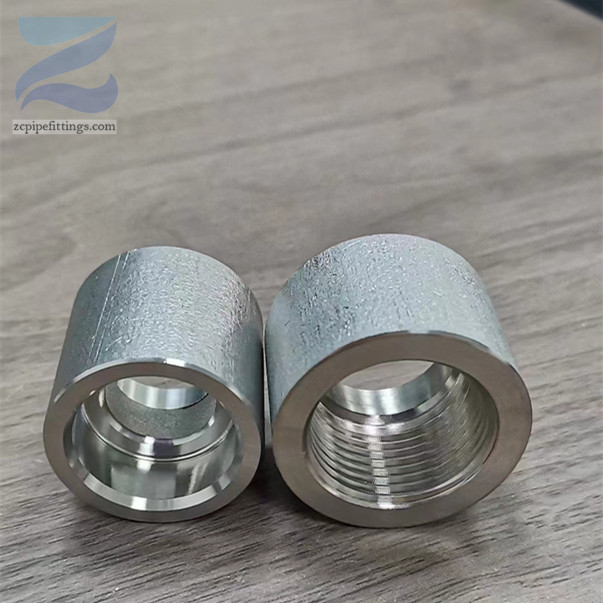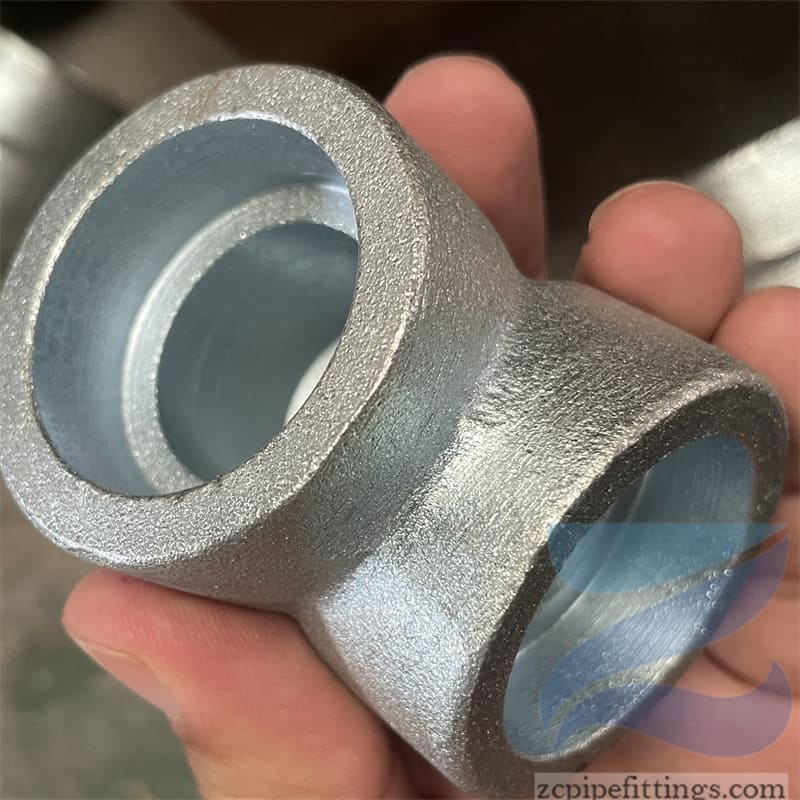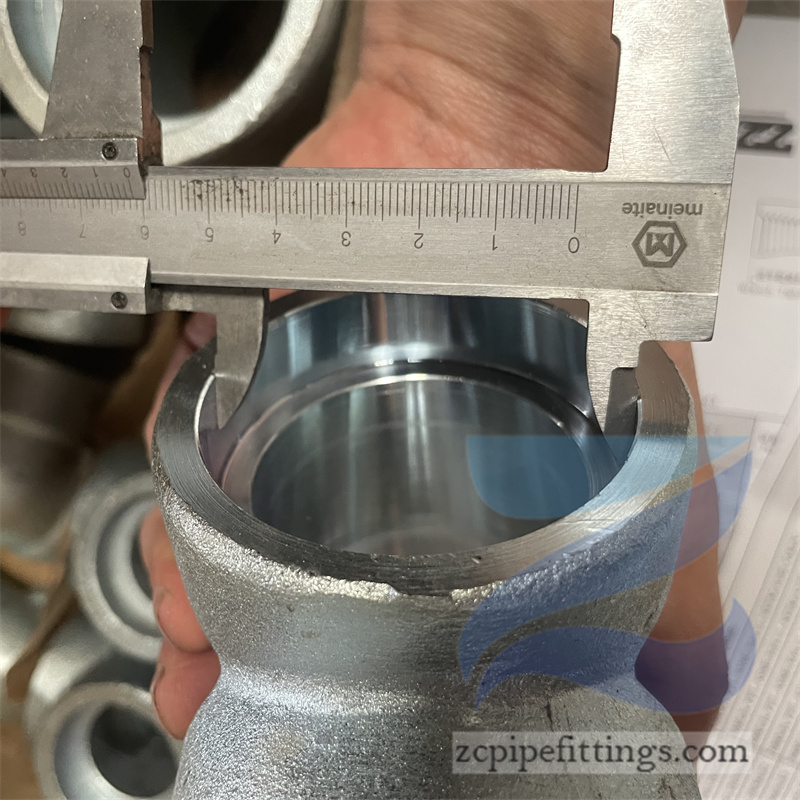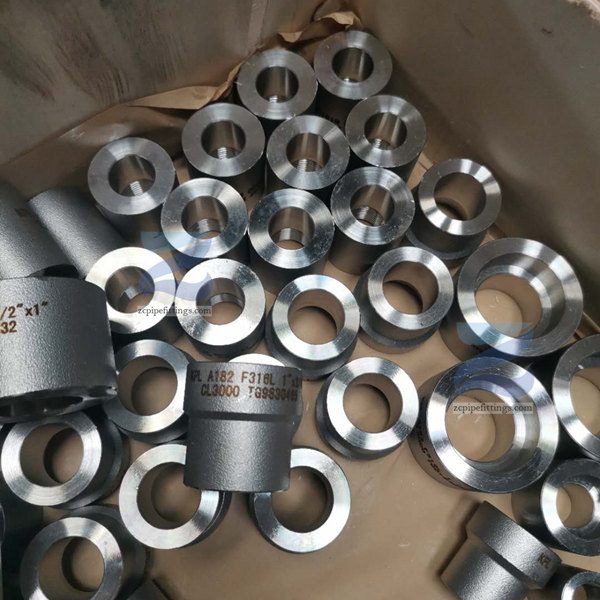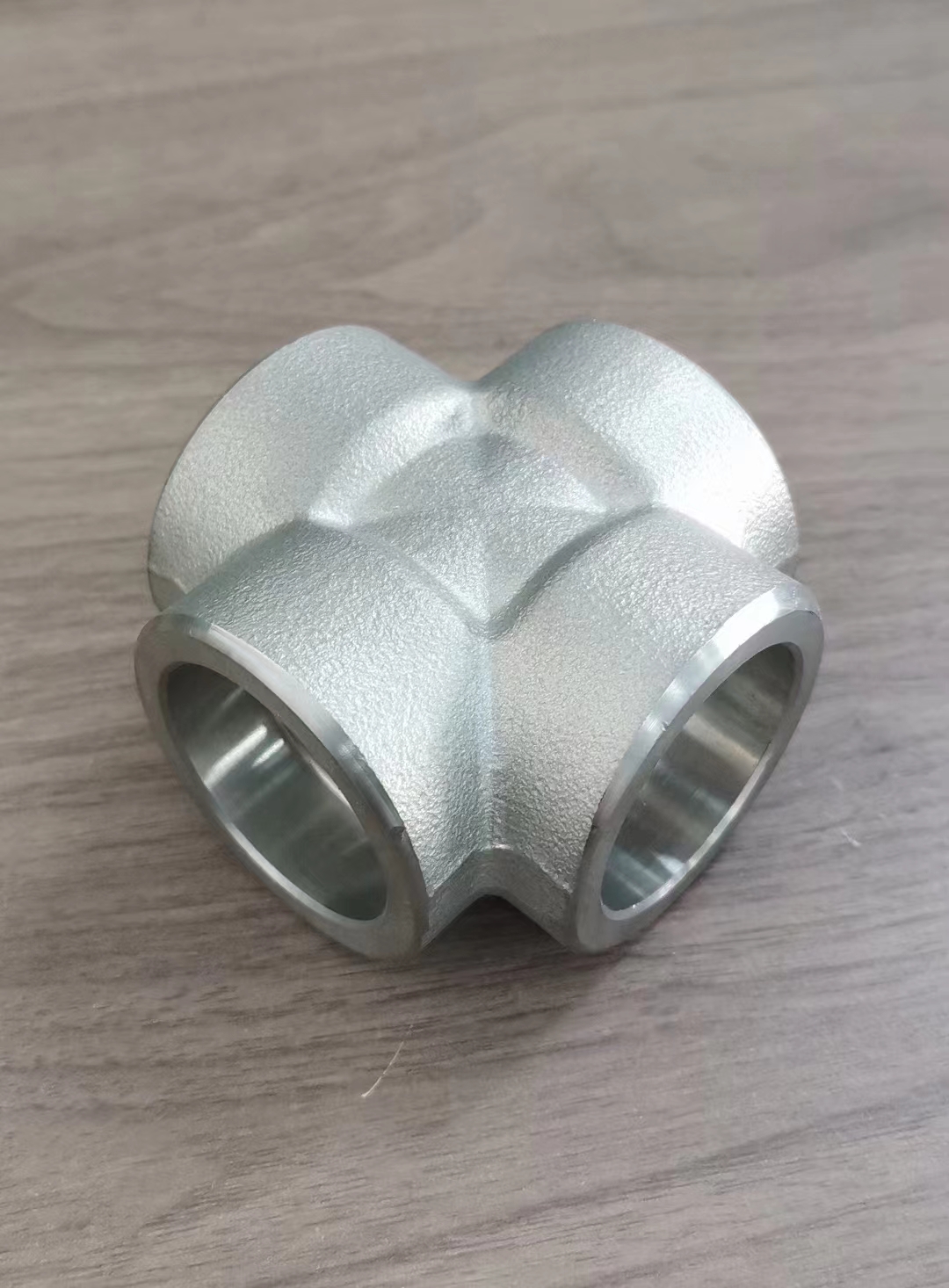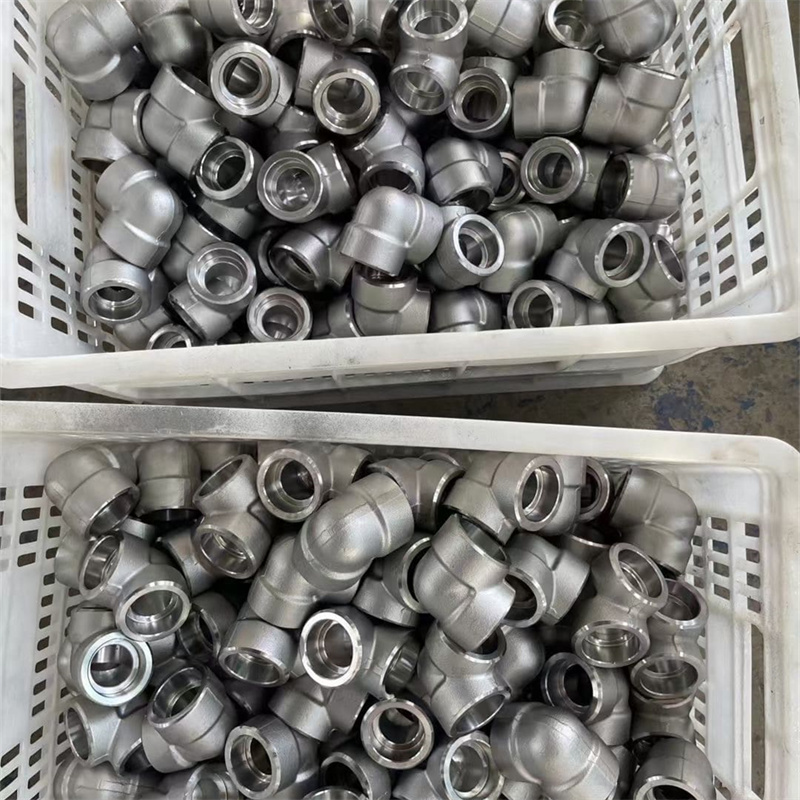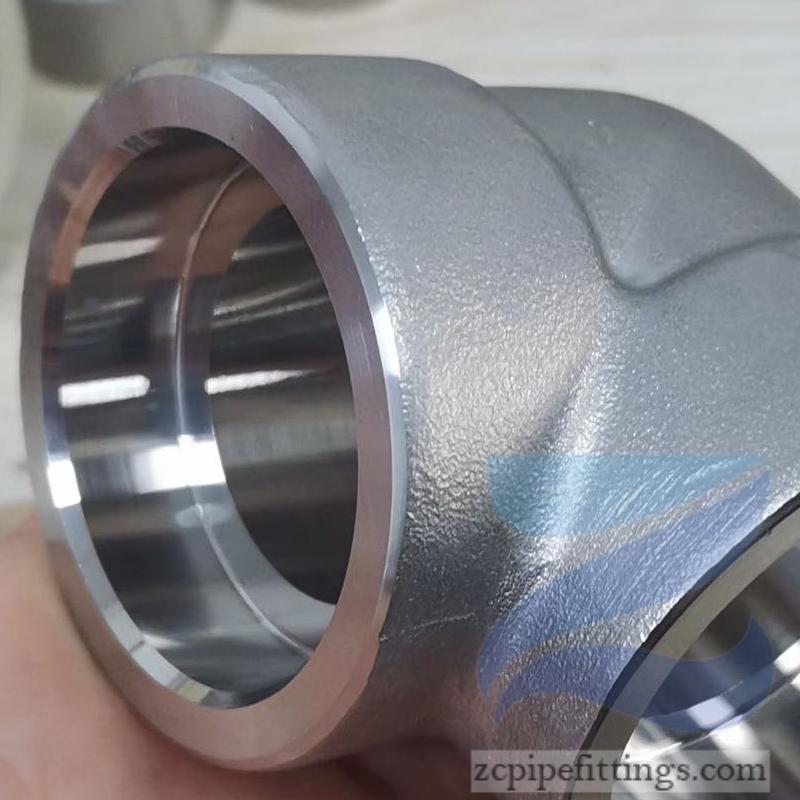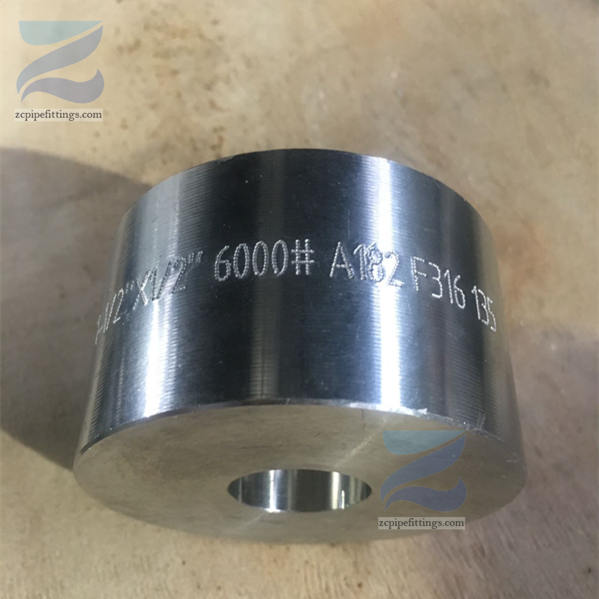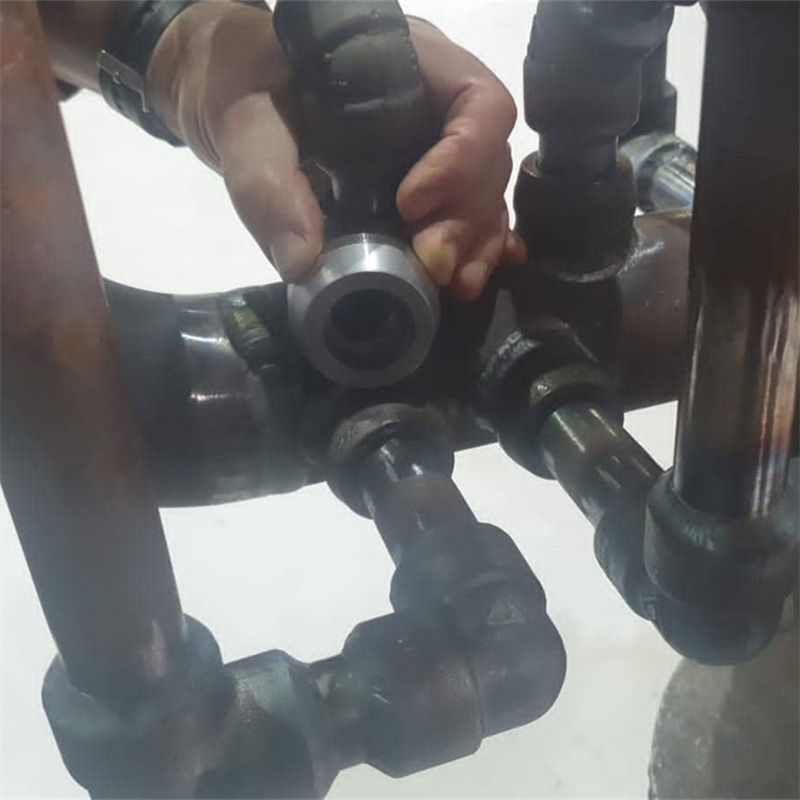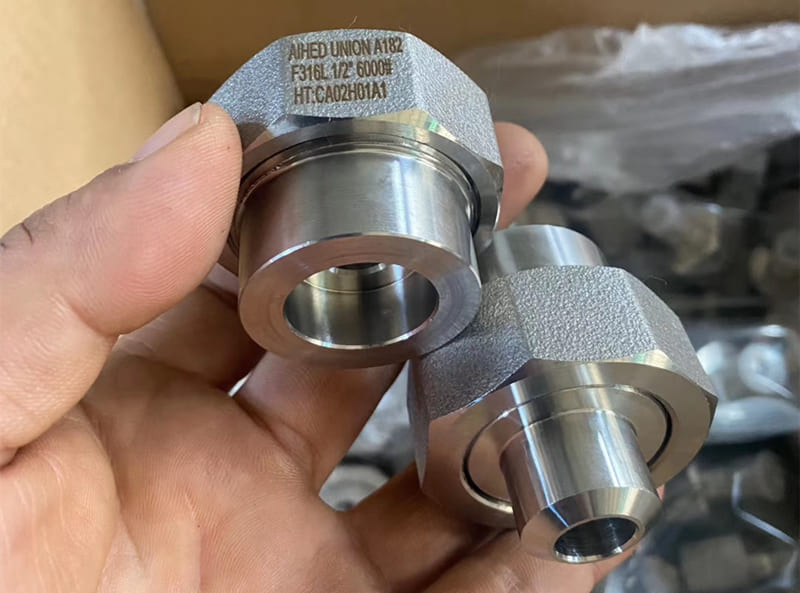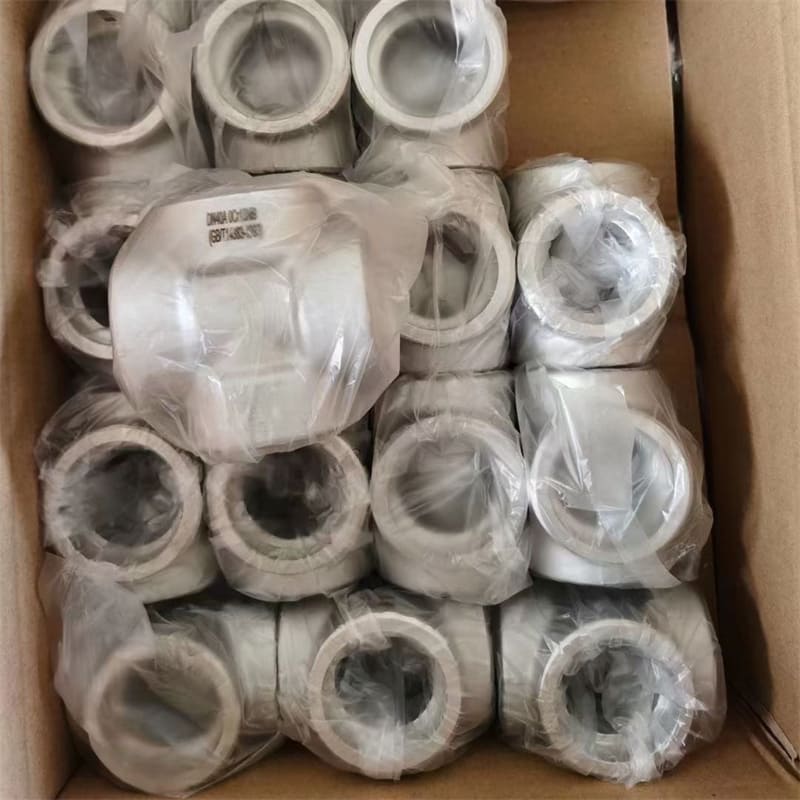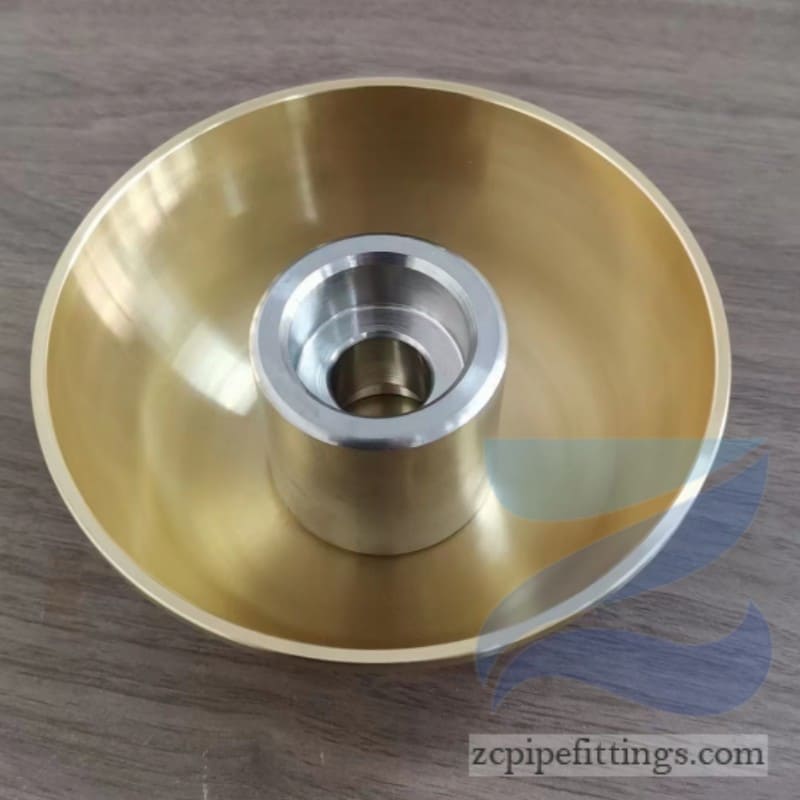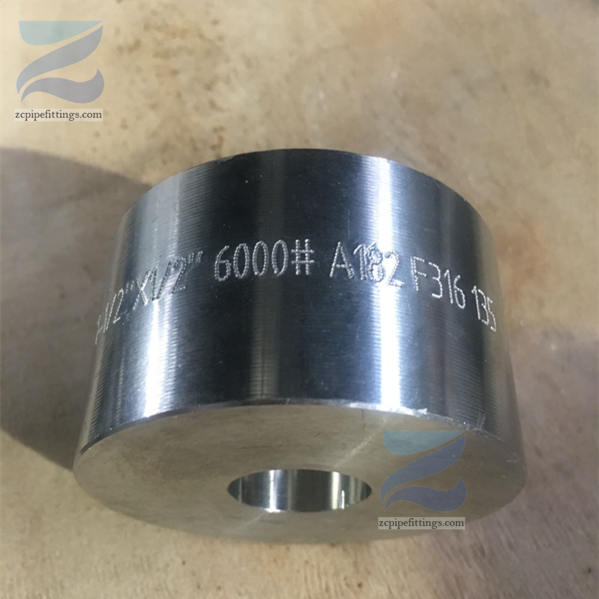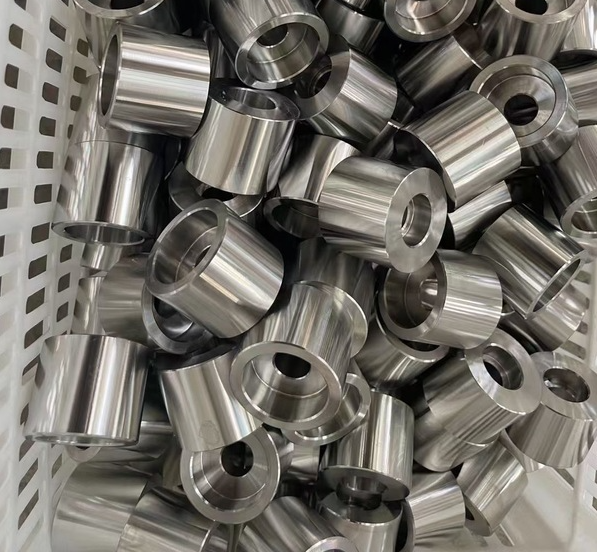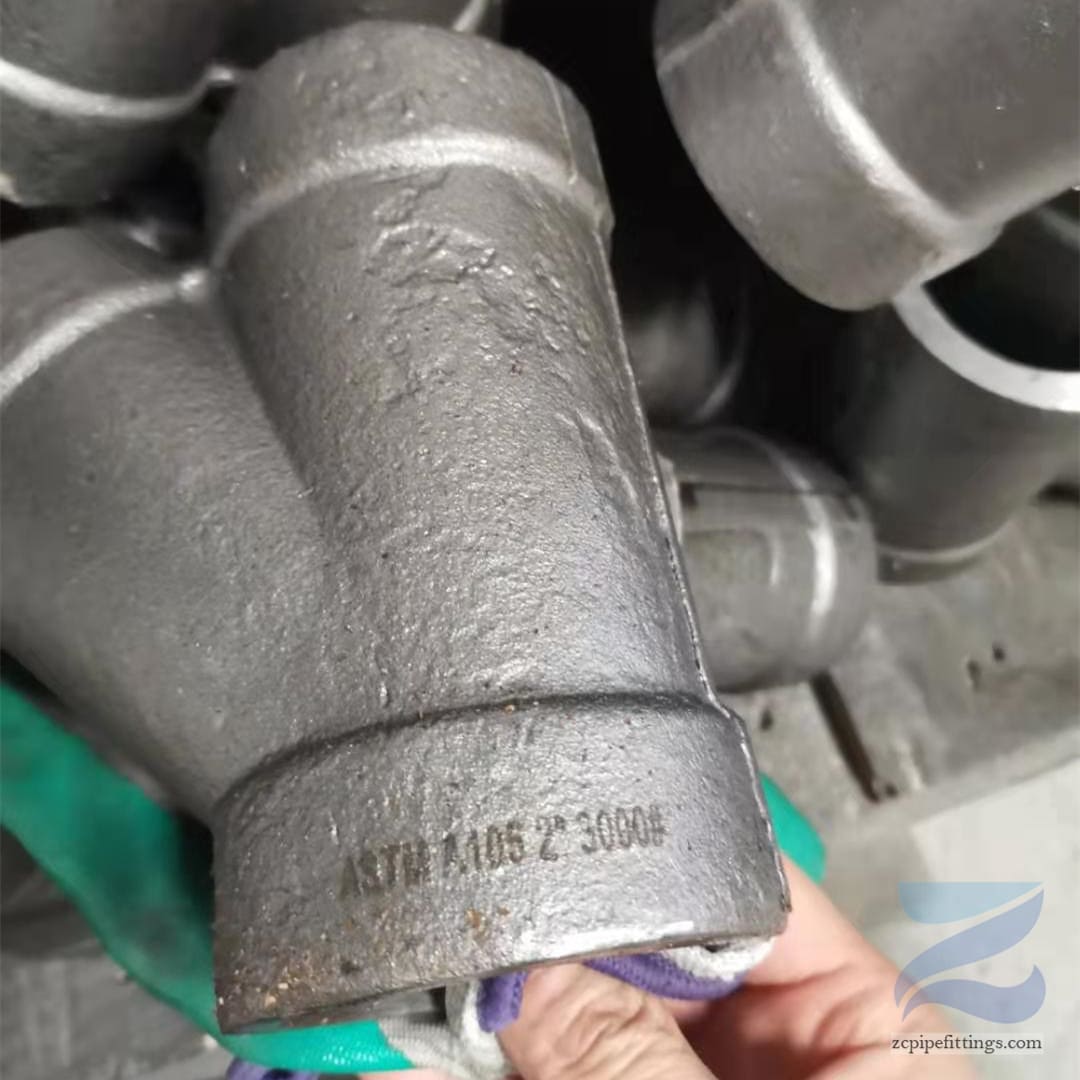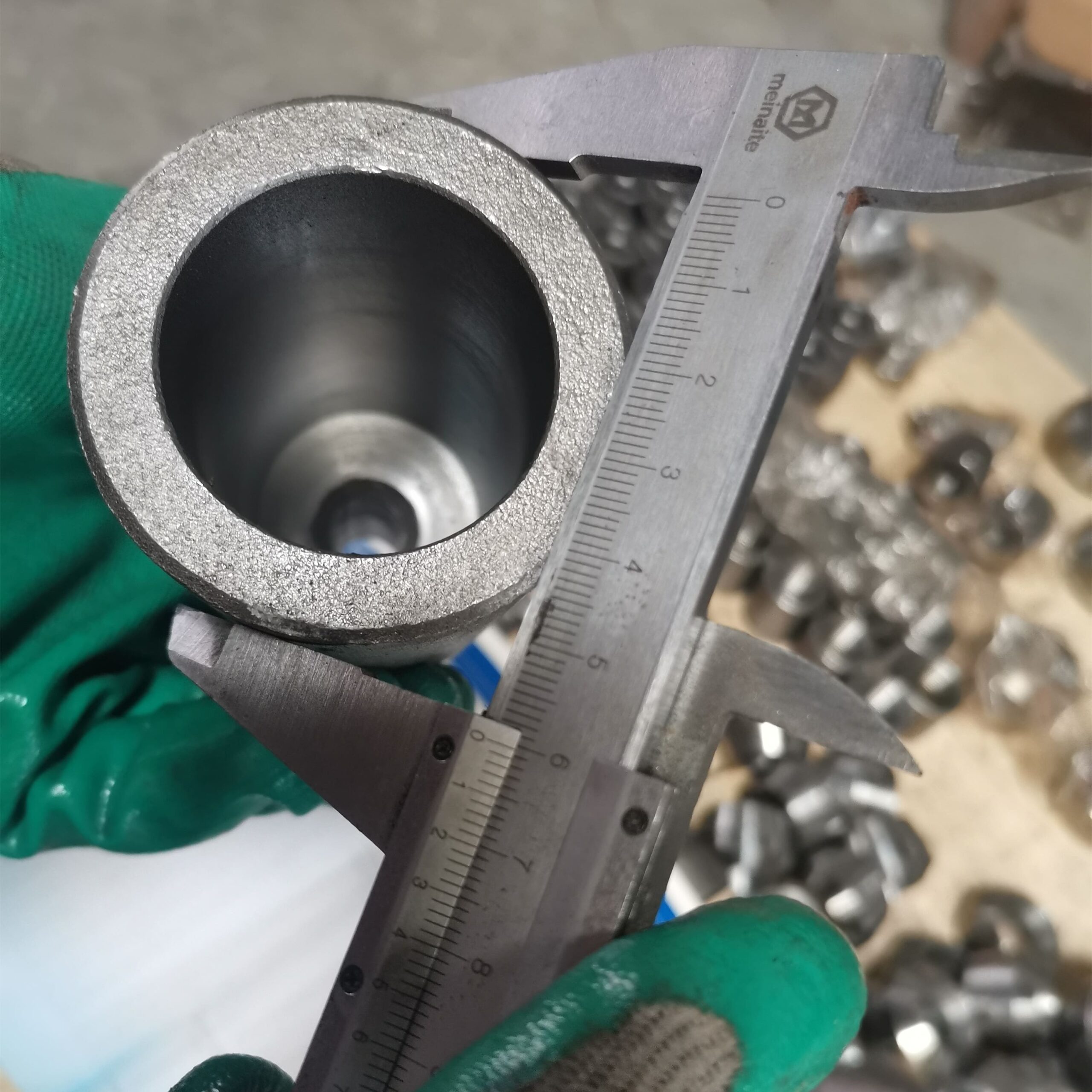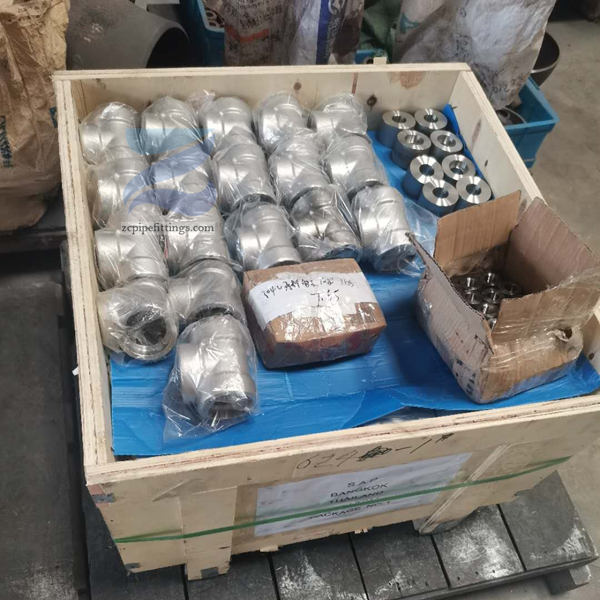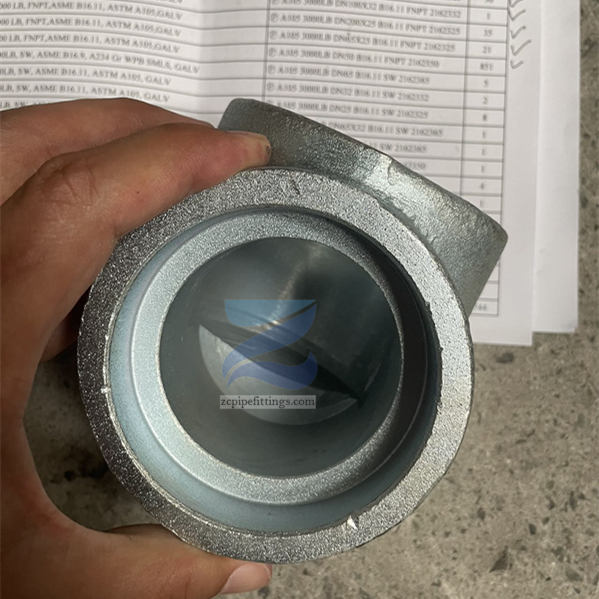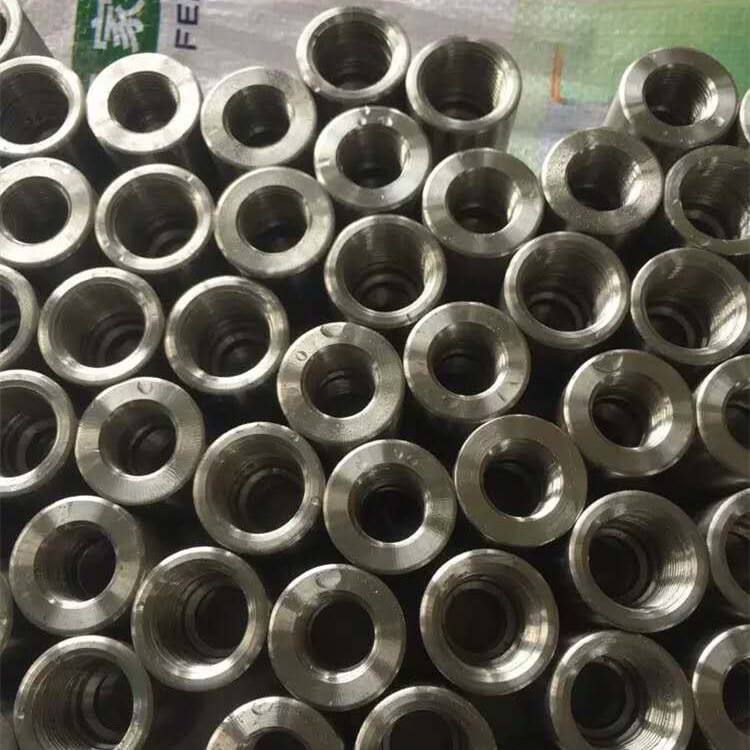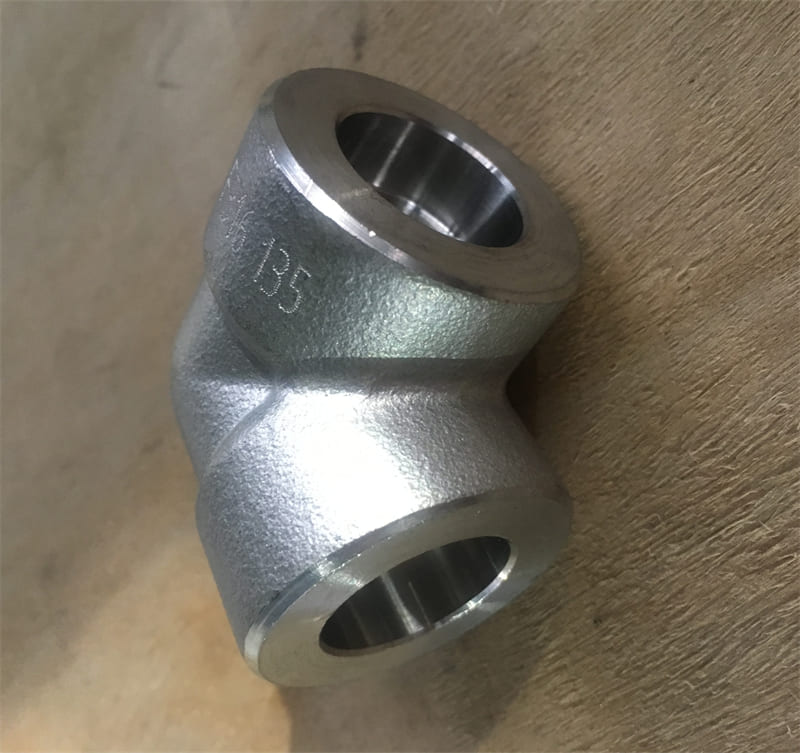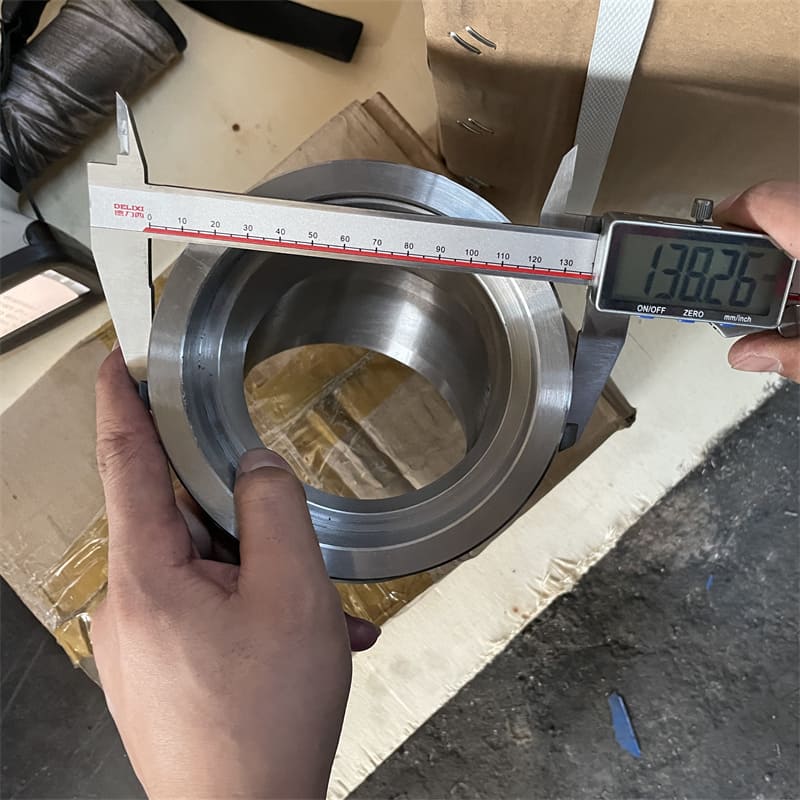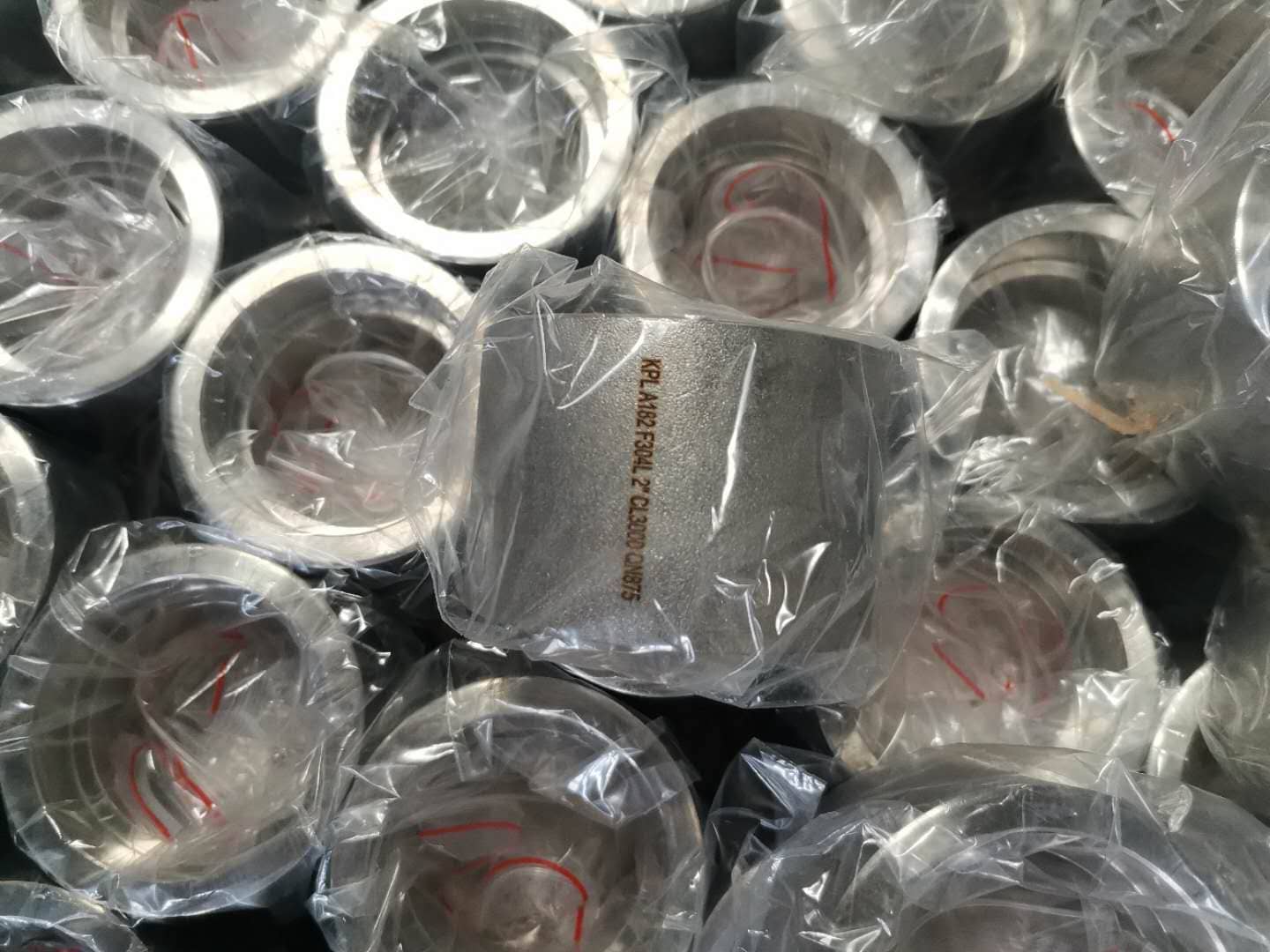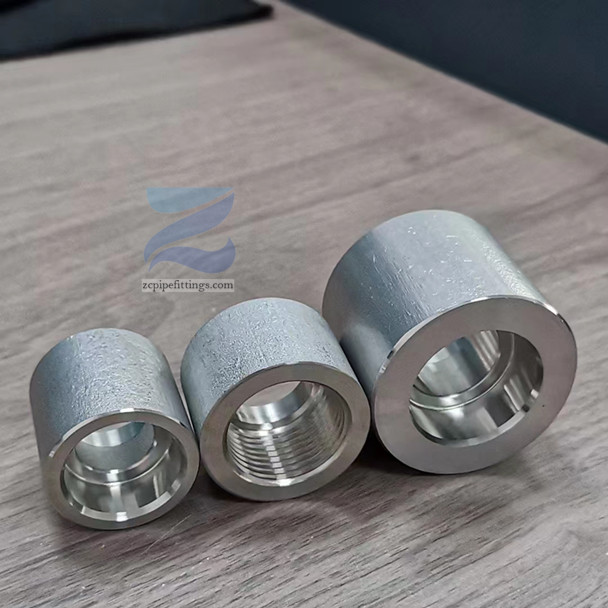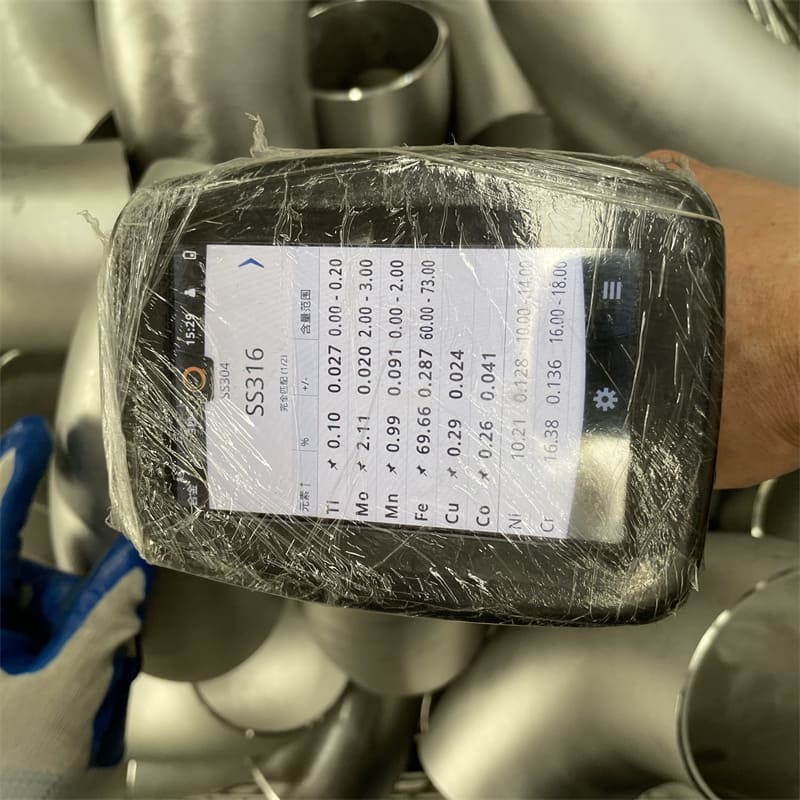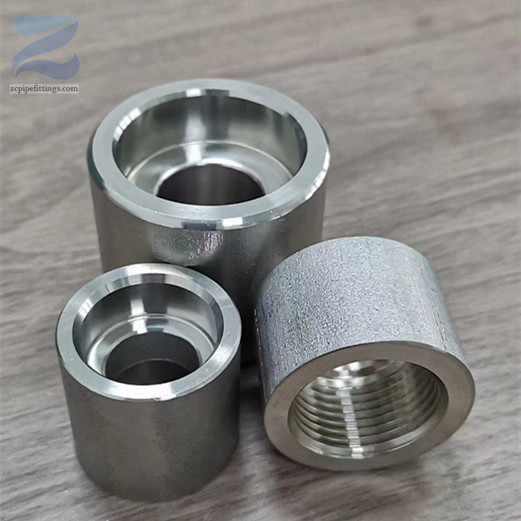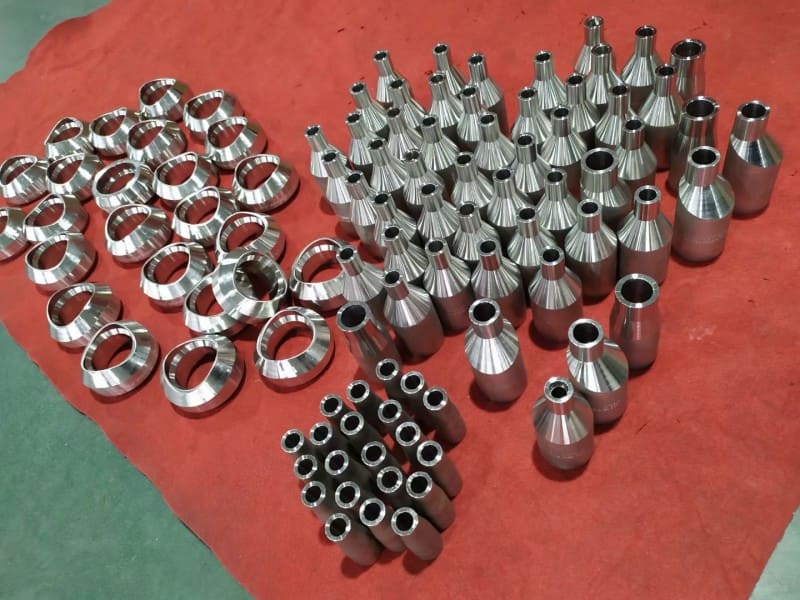ASTM A182 Forged Elbow
A182 forged elbow is a pipe fitting that changes the direction of the pipeline. A182 is a standard set by the American Society for Testing and Materials (ASTM), which mainly covers forged or rolled alloy steel and stainless steel pipe flanges, forged pipe fittings, valves and parts for high temperature use.
A182 forged elbow is a pipe fitting that changes the direction of the pipeline. A182 is a standard set by the American Society for Testing and Materials (ASTM), which mainly covers forged or rolled alloy steel and stainless steel pipe flanges, forged pipe fittings, valves and parts for high temperature use. Under this standard system, forged elbows have detailed regulations on their materials, manufacturing processes, dimensional accuracy, performance requirements, etc.
A182 forged elbows are widely used in industrial fields such as petroleum, chemical, electric power, and shipbuilding to connect pipelines and change the direction of pipelines. Forged elbows are made using a forging process, so they have high strength and toughness and can withstand high pressure. In addition, they have high manufacturing accuracy, stable dimensions, easy installation, and long service life.
ASME B16.11 Forged Elbow Specification
| Shape | Straight and Reducing Fittings |
| Size Range | 1/8″ – 4″ / DN6 – DN100 |
| Pressure Rating | Class2000lbs,3000lbs, 6000lbs, 9000lbs |
| Standard | ASME B16.11, BS3799 |
| Carbon Steel | ASTM A105 / A105N, ASTM A350 LF2/LF3, A694 F42 / 46 / 56 / 60 / 65 |
| Alloy Steel | ASTM A182 F11 / F12 / F5 / F9 / F91 / F92 / F22 |
| Stainless Steel | ASTM A182 F304/304L/304H, F316/316L, F310S, F317, F347, F904L |
Dimensions of Forged Elbows
A182 forged elbows mainly include two types: socket weld elbows and threaded elbows. Among them, forged elbows can be divided into 45° forged elbows and 90° forged elbows.
The pressure levels of socket weld elbows are divided into 3000LB, 6000LB, and 9000LB, while the pressure levels of threaded elbows are divided into 2000LB, 3000LB, and 6000LB. Different pressure levels are suitable for different pipe wall thickness levels.

| DN | NPS | B | G | C | |||||||
| 3000 | 6000 | 9000 | 3000 | 6000 | 9000 | ||||||
| ave | min | ave | min | ave | min | ||||||
| 6 | 0.125 | 10.9 | 2.41 | 3.15 | – | 3.18 | 3.18 | 3.96 | 3.43 | – | – |
| 8 | 0.25 | 14.3 | 3.02 | 3.68 | – | 3.78 | 3.3 | 4.6 | 4.01 | – | – |
| 10 | 0.375 | 17.7 | 3.2 | 4.01 | – | 4.01 | 3.5 | 5.03 | 4.37 | – | – |
| 15 | 0.5 | 21.9 | 3.73 | 4.78 | 7.47 | 4.67 | 4.09 | 5.97 | 5.18 | 9.53 | 8.18 |
| 20 | 0.75 | 27.3 | 3.91 | 5.56 | 7.82 | 4.9 | 4.27 | 6.96 | 6.04 | 9.78 | 8.56 |
| 25 | 1 | 34 | 4.55 | 6.35 | 9.09 | 5.69 | 4.98 | 7.92 | 6.93 | 11.38 | 9.96 |
| 32 | 1.25 | 42.8 | 4.85 | 6.35 | 9.7 | 6.07 | 5.28 | 7.92 | 6.93 | 12.14 | 10.62 |
| 40 | 1.5 | 48.9 | 5.08 | 7.14 | 10.15 | 6.35 | 5.54 | 8.92 | 7.8 | 12.7 | 11.12 |
| 50 | 2 | 61.2 | 5.54 | 8.74 | 11.07 | 6.93 | 6.04 | 10.92 | 9.5 | 13.84 | 12.12 |
| 65 | 2.5 | 73.9 | 7.01 | – | – | 8.16 | 7.62 | – | – | – | – |
| 80 | 3 | 89.9 | 7.62 | – | – | 9.52 | 8.3 | – | – | – | – |
| 100 | 4 | 115.5 | 8.56 | – | – | 10.69 | 9.35 | – | |||
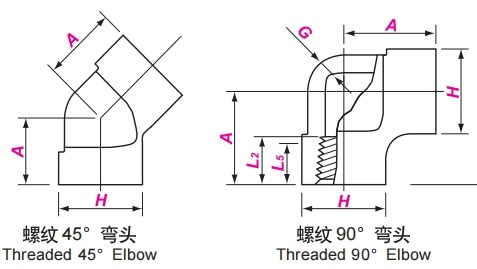
| Nominal Size | Center-to-End | Outside Diameter of Band | Wall Thickness | Length of Thread | |||||||
| DN | NPS | A | H | Gmin | L 5 min | L 2 min | |||||
| 90°Elbows | 45°Elbows | ||||||||||
| 3000 | 6000 | 3000 | 6000 | 3000 | 6000 | 3000 | 6000 | ||||
| 6 | 1/8 | 21 | 25 | 17 | 19 | 22 | 25 | 3.18 | 6.35 | 6.4 | 6.7 |
| 8 | 1/4 | 25 | 28 | 19 | 22 | 25 | 33 | 3.30 | 6.60 | 8.1 | 10.2 |
| 10 | 3/8 | 28 | 33 | 22 | 25 | 33 | 38 | 3.51 | 6.98 | 9.1 | 10.4 |
| 15 | 1/2 | 33 | 39 | 25 | 28 | 38 | 46 | 4.09 | 8.15 | 10.9 | 13.6 |
| 20 | 3/4 | 38 | 44 | 28 | 33 | 46 | 56 | 4.32 | 8.53 | 12.7 | 13.9 |
| 25 | 1 | 44 | 51 | 33 | 35 | 56 | 62 | 4.98 | 9.93 | 14.7 | 17.3 |
| 32 | 11/4 | 51 | 60 | 35 | 43 | 62 | 75 | 5.28 | 10.59 | 17.0 | 18.0 |
| 40 | 11/2 | 60 | 64 | 43 | 44 | 75 | 84 | 5.56 | 11.07 | 17.8 | 18.4 |
| 50 | 2 | 64 | 83 | 44 | 52 | 84 | 102 | 7.14 | 12.09 | 19 | 19.2 |
| 65 | 21/2 | 83 | 95 | 52 | 64 | 102 | 121 | 7.65 | 15.29 | 23.6 | 28.9 |
| 80 | 3 | 95 | 106 | 64 | 79 | 121 | 146 | 8.84 | 16.64 | 25.9 | 30.5 |
| 100 | 4 | 114 | 114 | 79 | 79 | 152 | 152 | 11.18 | 18.67 | 27.7 | 33 |
How to Inspect Forged Elbows
Check the surface of A182 forged elbows for defects such as cracks, wrinkles, and heavy skin. Cracks may be caused by stress concentration during the forging process or defects in the raw materials, while wrinkles and heavy skin may affect the uniformity of the wall thickness and strength of the elbow.
Measure the dimensional parameters of the elbow. For example, for a 90° forged elbow, the angle deviation should be within the specified range, generally not exceeding ±1°.
Check the port shape of the elbow, which should be flat and perpendicular to the axis to ensure good docking with the adjacent pipe.

